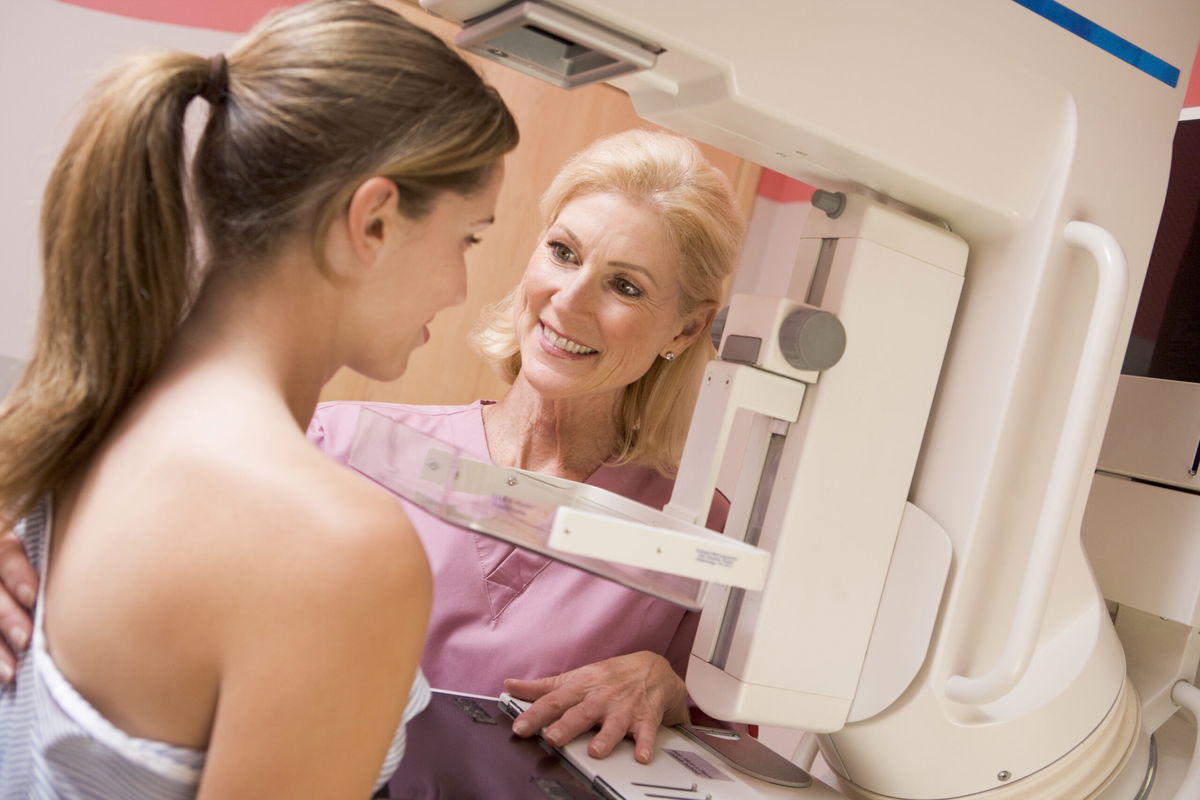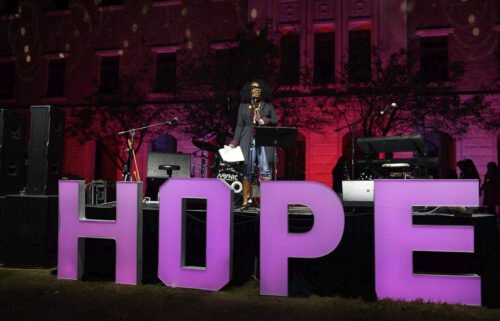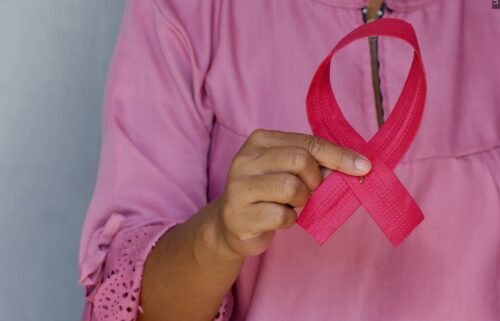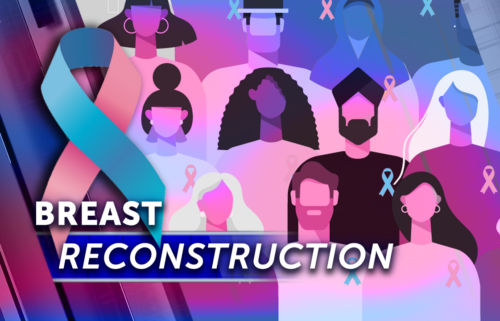Common Mammography Myths

Sponsored Content
Thanks to raised awareness about breast cancer, most women today understand that mammograms are an important tool for monitoring and protecting their health. But while women may understand the importance of getting regular mammograms, there are still some myths that can be confusing and misleading.
Here are four common myths behind mammograms, along with the facts to dispel them:
Myth 1: “A mammogram every year is too much radiation.”
Both the American College of Radiology and the American College of Obstetrics & Gynecology recommend yearly mammograms starting at age 40 or at 35 if you have a family history of breast cancer. The amount of radiation used during a mammogram is actually quite low – it’s about the same amount of radiation that any person is exposed to in the environment over the course of two months.
Myth 2: “If I don’t have a family history of breast cancer, I don’t need a mammogram.”
While a family history of breast cancer can be a risk factor, most cases of breast cancer are due to spontaneous physiological changes that have nothing to do with genetics. Studies have proven that 85% of women that are diagnosed with breast cancer in fact do not have a history of breast cancer in the family.
Myth 3: “I need a doctor’s order to get a mammogram.”
In the best-case scenario, your doctor will remind you to get a screening mammogram during your yearly check-up. But what if the doctor forgets? No worries; you can make an appointment for a screening mammogram without a referral or prescription from your doctor. Early detection saves women’s lives, and the ability to self-refer makes it that much easier for women to schedule mammograms and to stay healthy. Some physicians will require an order, check with us about your doctor and orders.
Myth 4: “I’m getting a breast ultrasound or breast MRI instead of a mammogram.”
There are certain things that a Radiologist looks for that can only be seen on a mammogram. Breast Ultrasound and Breast MRI are wonderful tools, but they should be used in conjunction with mammography, not instead of it.
By understanding the facts, you are taking the first step in protecting your health. To learn more about the process of getting a mammogram or to set up an appointment, please call Desert Imaging at (915) 577-0100 or visit www.DIELP.com. Because the sooner you know, the better!




